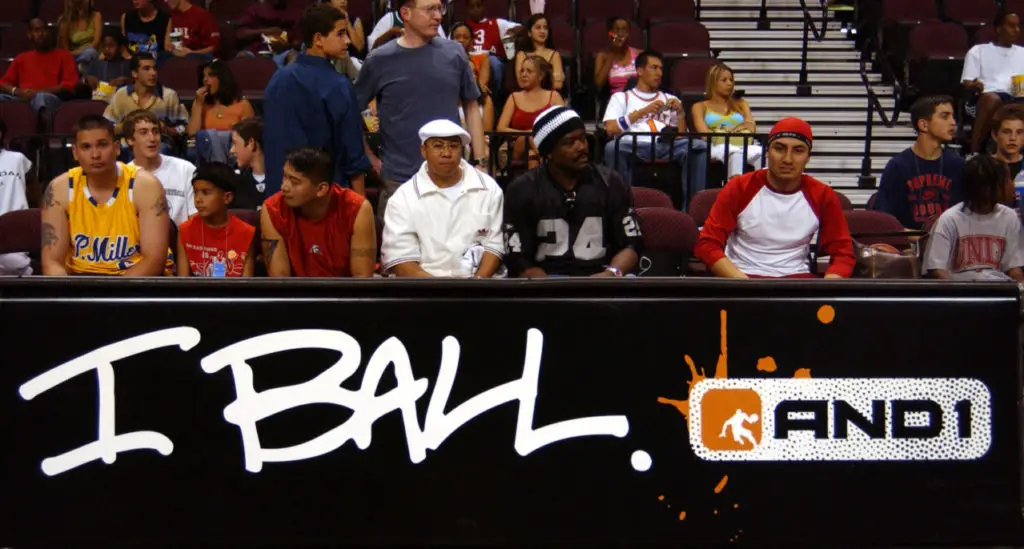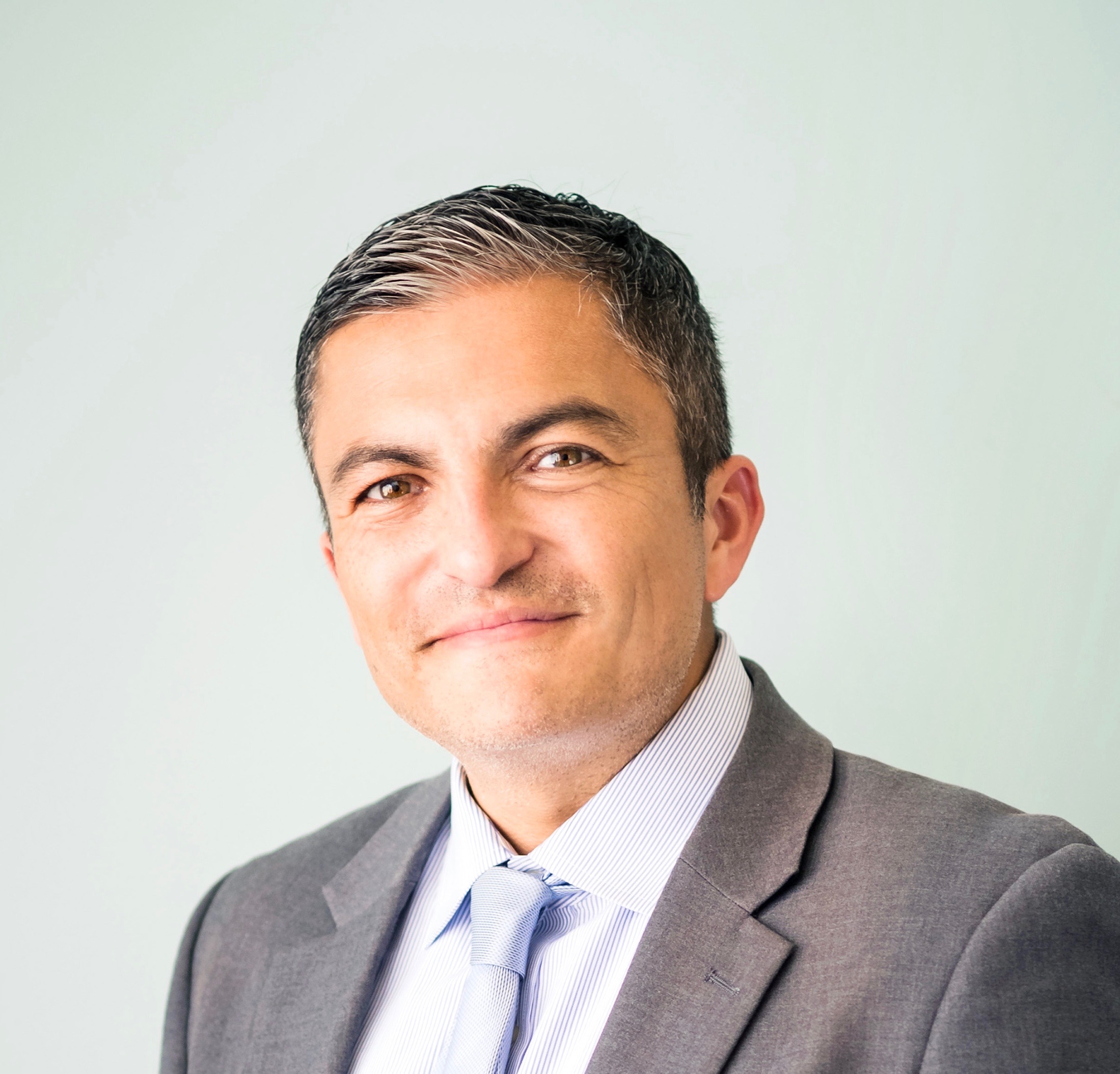
‘The Greatest Mixtape Ever’ needed more time
Latest 30 for 30 brought back fun memories
My first response upon hearing the release of the “The Greatest Mixtape Ever” documentary was to imitate the iconic cry of the occasionally wigged, but always boisterous and flamboyant AND1 game emcee.
“Oh babeeee! Oh baby! Oh babeeee!”
That cry is a sound that I will never forget. It appears others won’t either.
“The Greatest Mixtape Ever” chronicles AND1’s attempt to make a lasting impact on the basketball shoe and clothing marketplace through street basketball. The company tried to reach the market via the AND1 Mixtape Tour, a popular ESPN reality show series that ran for seven seasons (2002-2008).
The series aired mostly in the summertime after the completion of the NBA Finals. Those AND1 shows aired frequently. They were welcome additions to the ESPN summer offerings, which seemingly otherwise consisted of NFL Films season reviews. This is what we watched in the Aughts.
Greatest Mixtape brought back memories
By we I mean mostly young people of color who enjoyed watching sports. I think the rest of the summer viewing audience had dancing or survival shows. We had AND1.
The tour went from city to city. AND1 players would play against the city’s best street basketball players. The best players on the city team would be recognized. They sometimes even joined the tour. They were basketball games played with a distinctly urban and New York flair.

There would be amazing dribbling displays, trick shots, alley-oop dunks. You also had plenty of smack talking. This was peak Aughts entertainment.
Most of the members of the tour were people the majority of viewers didn’t know before their introduction on the show. I figured their participation in this series could get them beyond being “hood famous” and give them the opportunity to make money that could materially change their lives.
The documentary’s 48-minute runtime wasn’t nearly long enough to fully capture the participants’ stories. To me that’s just as important as the AND1 story. Sure, it’s AND1’s story to tell.
But by not focusing nearly as much on the participants, a significant part of the story was left at the scorer’s table.
Documentary appeals beyond old audience
This look back at the series seems like it was meant for an audience that didn’t know a lot about the Mixtape. The documentary appealed possibly more folks who never knew about the old series. It appealed to the fan who likes a fundamentally sound bounce pass and won’t shut up about it.
There’s no need to explain the importance of the show to this fanbase. We’ve known about the shoe line, clothing, the hip-hop influence and the players. Sure, it was a fun and entertaining 48 minutes. But the documentary felt like an academic lecture. It felt like a hood field trip many didn’t exactly need.
The inclusion of Latinos Fat Joe and Bobbito Garcia was good to see. They have always had a hand in serving as ambassadors to the street basketball scene.
I wanted to know details about the participants. The documentary featured some former AND1 stars. There were some notable omissions, though. Spyda (Dennis Chism) and The Professor (Greyson Boucher) were missed.
I would have liked to know more about the impact of Escalade (Troy Jackson), the late brother of Mark Jackson and perceived leader of the group.
AND1 legacy remains in NBA
I wanted to hear more from the players. What were their perceptions of their time on tour? Their absence made me wonder whether any AND1 star refused to participate in this documentary.
There were dalliances into other tangential areas such as the unique regional pride, hip-hop music, and credibility of the game. This was done quickly. Viewers could feel the strain of having to cram everything into 48 minutes.
The documentary exceptionally detailed how the series influenced Jamal Crawford, Stephen Curry and Kyrie Irving. The NBA stars featured were emphatic that the AND1 stars, outside of “Skip to My Lou” (Rafter Alston), could handle the rigors of the NBA game.
Another hour of the documentary would have gone a long way into digging more in depth on the participants. I was looking for a VH1-style “Behind the Music” look at the series rather than a PBS-style academic look.
My second reaction after hearing of the documentary was to dig through the ESPN+ menu to watch replays of the old series. Watching the old shows was more satisfying than watching the retrospective.
Stay in the Loop
Get the Our Esquina Email Newsletter
By submitting your email, you are agreeing to receive additional communications and exclusive content from Our Esquina. You can unsubscribe at any time.


